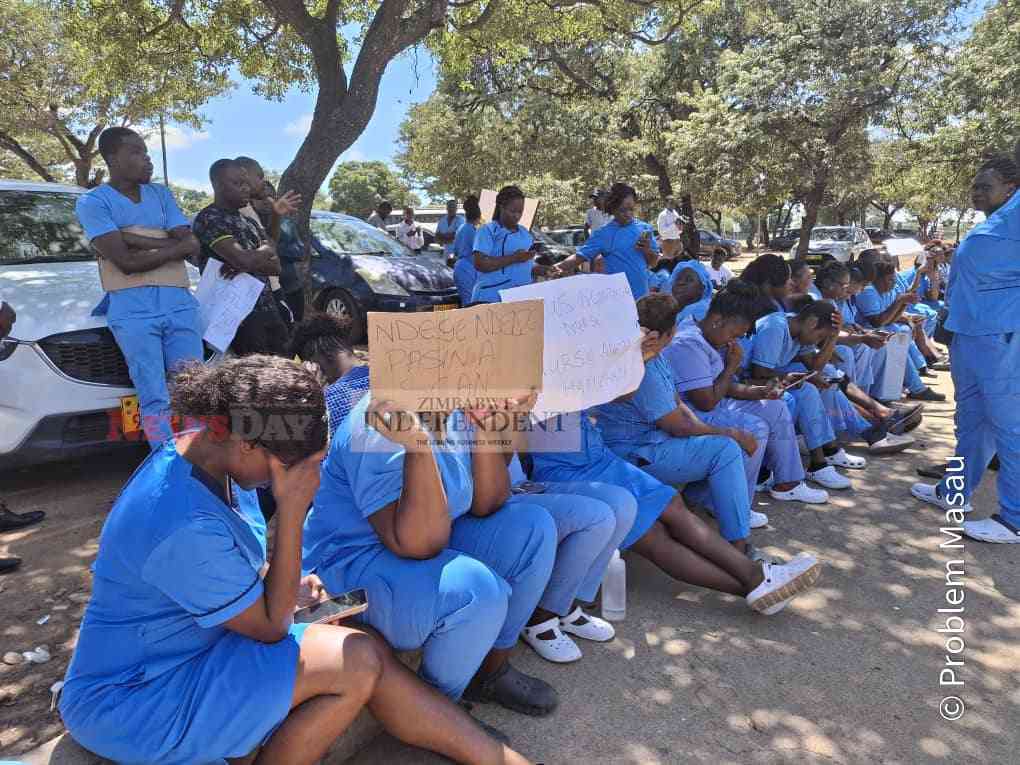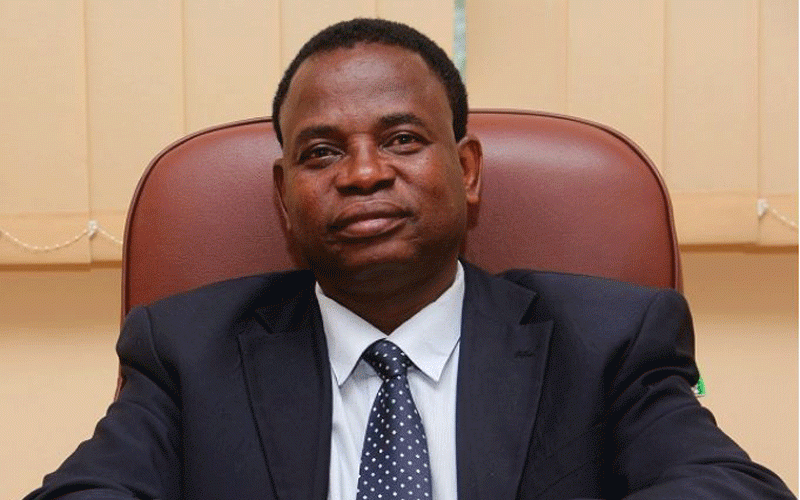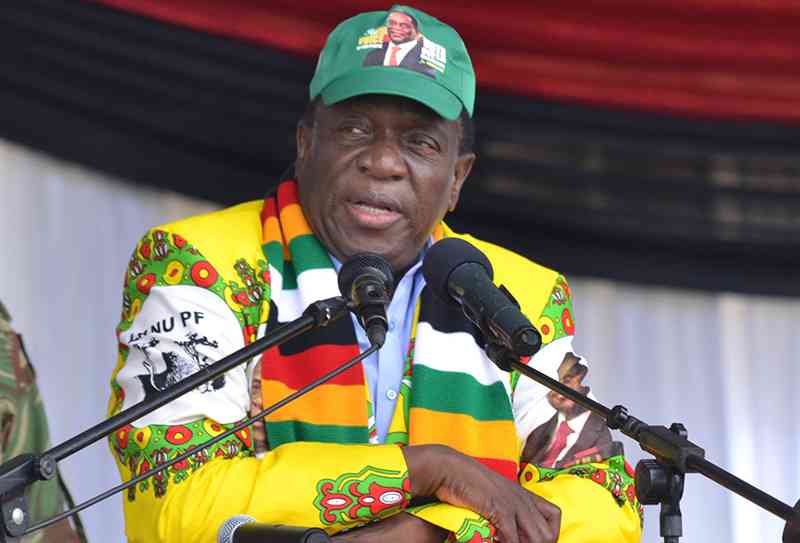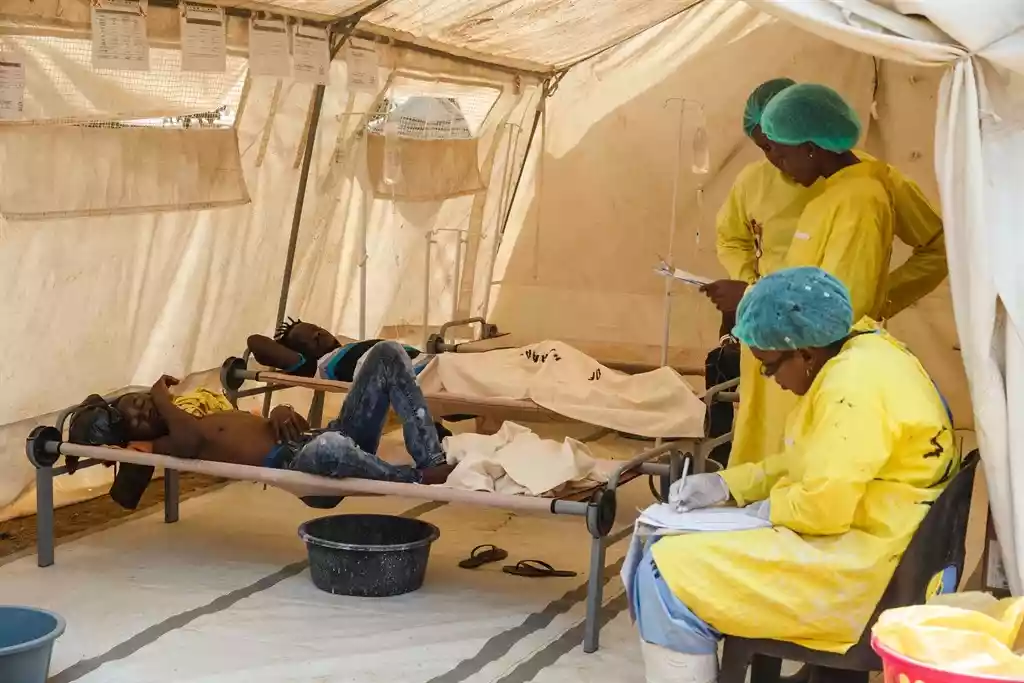How heavy music in Africa was born and developed, and what to expect from it in the future.
The development of the Internet, social networks and applications like 22Bet and TickTock have allowed Western popular culture to spread across continents and countries. While pop culture has received a strong impetus in Europe and Asia, countries in Africa have become truly fertile ground for the spread of Western cultural trends and values.
Heavy music such as metal, hard rock, and other related styles were in unprecedented demand in Africa. Not surprisingly, the heyday of metal and rock on the Black Continent came in the Republic of South Africa, one of the most developed countries in Africa.
Today every corner of the continent is developing its own popular metal and rock scene. Heavy music lovers can be found in the former Portuguese colonies of Angola and Mozambique, the popularity of metal can be traced in English-speaking countries such as Botswana, Zimbabwe, Zambia and Tanzania. In East Africa – Kenya and Uganda – is emerging its own rock culture. At the same time bands playing the heaviest styles of metal (black metal, death and doom) become popular.
The Birth of Metal in AfricaThe birth of metal and rock in Africa began at the turn of the 1980s and 1990s. In the late 1980s the West began to boycott the apartheid policy, which eventually led to social and state changes on the continent. Progressive African youth were looking for a way out of their negative emotions, but were unwilling to resort to violence and arms.
South African politicians, reoriented toward the West, unknowingly gave the green light to the development of heavy music in the country. According to Edward Banhs, author of “Heavy Metal Africa: Life Passion, And Heavy Metal in The Forgotten Continent,” the power and anger of extreme metal quickly resonated among African youth seeking methods of protest.
Keep Reading
- Chamisa under fire over US$120K donation
- Mavhunga puts DeMbare into Chibuku quarterfinals
- Pension funds bet on Cabora Bassa oilfields
- Councils defy govt fire tender directive
“In the late 1980s heavy metal bands emerged in South Africa. These guys independently composed, recorded, and distributed their work to young people,” Banhs writes. – “Soon the country began producing many different music groups. This encouraged young bands not only to compose new material, but also to organize full-fledged concerts and festivals. The nascent music industry was on a level comparable to Europe and America. Gradually, American promoters turned their attention to Africa: managers and organizers tested the ground, brought the masters of the genre, Metallica and Sepultura, and looked at the interest and response of the audience.
In the mid-1990s, the German label Morbid Records signed two bands from South Africa – Voice of Destruction and Groinchurn. These bands became pioneers, showing European listeners that African metal is independent and original. The band members toured the territory of the Republic, raising the popularity of heavy music not only in the whole country, but on the whole continent as well. At the same time collections of the best songs of African metal bands were published in Europe (see compilations of “The Death of Africa” series). As a result, this benefited African heavy music, increasing interest to it in the West.
By the early 2000s, heavy music had spread smoothly across the continent, with bands like Rock of Ages from Kenya, Neblina from Angola and Madagascar thrash metallers Sasamaso becoming popular.
In the end, the stronghold of metal in Africa was Botswana, whose population doesn’t exceed 2.1 million people. The country’s success in the rock scene is due to the large number of musical bands and the creativity of South African photographer Frank Marshall, who made a series of photos with local metal bands dressed in outfits in the vein of Judas Priest or Iron Maiden.
Rock Music in AfricaToday there are more than a billion people living in Africa in over 50 countries. Despite the general lack of development (on a global scale) of the African scene, we should not forget that such native American styles of music as jazz or blues came from the cultural heritage of the Black Continent.
One of the first popular bands in Africa is considered to be the South African pop-rock band Rabbitt, formed in 1972 in the city of Pretoria. The band has released one album and in 1976 released the single “Charlie”, which reached the first lines of the African charts and drew the attention of the British press. Rabbitt broke up in 1978, and Trevor Rabin (the band’s frontman) joined Yes, where he later contributed to the 1983 hit “Owner of a Lonely Heart”.
Despite little study, Africa’s rock scene is rich in talented musicians playing a wide variety of rock styles. Matt Cohen, an American programmer and music lover who has lived in South Africa for the past 20 years, notes that the state’s music scene is structured in such a way that new bands play in clubs and bars every night. These bands easily hook the listener with their distinctive sound and are sure to have a fan base that grows day by day.
The development of rock was also influenced by the already mentioned apartheid. The population of the continent, fleeing tyranny and cruelty, moved to the U.S. and Britain. From there, people sent records and cassettes of popular music. In parallel, the influence of African culture had an impact on the sound of Western rock bands: children from the Black Continent, getting used to the new place and getting used to local life, participated in the creation of new bands.
A great contribution to the development of African rock in the 1980s was made by such bands as éVoid, Asylum Kids, Dog Detachment, No Friends of Harry, Bright Blue, and Voëlvry, which combined national coloring and elements of Western culture in their sound. However, the heyday of rock in South Africa, and with it all of Africa, came in the 1990s, when the continent turned its eyes to the West. Local musicians, unprepared for a number of reasons to play extremely heavy styles, discovered the works of Nirvana, Alice In Chains, and later the music of Brit-pop bands.
Along with rock, Africa was also influenced by other styles. Gradually the musicians absorbed the heavy rock sound, features of indie styles, fusion and pop-rock. For example, the band Blk Jks, well-known in South Africa, performs a mixture of indie, fusion and hard rock in the spirit of King Crimson, and the quartet Good Ones plays light music, based only on voices and acoustic guitars.
It is impossible not to mention the phenomenon of Die Antwoord from Cape Town (South Africa), whose rap-rave compositions have gained popularity all over the world. And even if the duo’s works barely correlate with the terms “metal” and “rock,” the fact remains – Die Antwoord are incredibly popular, which is in favor of the entire music industry of the Black Continent.
The Problems of Heavy Music in AfricaDespite the help of the Internet in popularizing the creativity of local bands, today African rock and metal faces misunderstanding from others. While musicians in the U.S. and Britain experienced such rejection from the population in the 1960s and 1970s, people in Africa have only now begun to treat performers and fans of heavy music with disdain. Popular TV channels and radio stations try to distance themselves from such bands. The problem, as in the rest of the world, lies in the stereotypes that accompany such creativity.
Nevertheless, the African population looks at metalists and rockers with more negativity than people in other parts of the world do. One of the leaders of local rock clubs with the pseudonym Trouper says that the people around them perceive rock and metal fans as Satanists, judging them only by their appearance and clothing tastes.
“We try to explain to people that we are united by the love of music and a sense of brotherhood, but so far the public looks at us with disdain, does not understand the essence,” continues the reasoning of a young man named Talliban, in his spare time serving in the South African Armed Forces.
In contrast to people’s rejection, photographer Frank Marshall notes that African metalists, rockers and even bikers are some of the kindest and most passionate music fans he has ever seen.
Young people inspired by the examples of Black Sabbath, AC/DC and Sepultura are additionally lacking in quality gear. Chris Lalako Yagami, who plays in the popular Kenyan band In Oath, says that his band has had difficulty breaking through to listeners because of the poor quality of recordings and active opposition from radio stations.
The media (radio and television) do not support the efforts of local musicians. Local radio and TV stations don’t pay attention to what is going on in the rock and metal scene, they don’t put their music on the air. According to African broadcasters, such music is informal and not of interest to ordinary listeners.
“People in Africa are just as susceptible to trends: what is popular in the world is also popular here. That’s why metal is in the underground, not of interest to the general public. And you know what? It suits us fine!” shares Victor Tebusike, guitarist and vocalist of Uganda’s only doom metal band Vale of Amonition. – “Heavy music is not to everyone’s taste, and this state of affairs will hardly ever change. Metal and rock remain a subculture, and the association of performers of heavy music with Satanists will not disappear out of thin air where religion is the pillar of society. All the negativity around these styles doesn’t help sales and commercial success.”
The Future of African Rock and MetalMusic experts believe that the heavy music of Africa is a promising phenomenon. Once it becomes known to a wide range of listeners around the world, the importance of the African scene is bound to increase.
“The communities of rock and metal fans are strong. We’ve known each other practically since we were babies,” Chris Lilako Yagami continues. – “Most concerts are organized and supported by local heavy music fan groups. Yes, there aren’t many of us, but it’s enough to ensure concert attendance and satisfaction for all parties involved.”
Despite the lack of support from television and radio, the situation is slowly beginning to change. Not so long ago, CNN and Vice devoted their materials to the African scene, which favorably influenced the popularity of such local bands as Wrust, In Oath, and Vale of Amonition. The increased interest from the international listener gave a new impetus to the continuation of musical exploration of African youth.
Wilkis Flors, the author of the documentary about the Black continent’s heavy music “Death Metal Angola,” believes that the continent’s modern music culture is at the beginning of a great journey. “In 15 to 20 years, the local scene will reach a meaningful scale, and people will start telling how African bands inspired them to take up music,” Flors concludes
Like any other endeavor, developing music takes hard work and time. Critics, listeners and musicians all agree that African heavy and alternative music is still to come.





